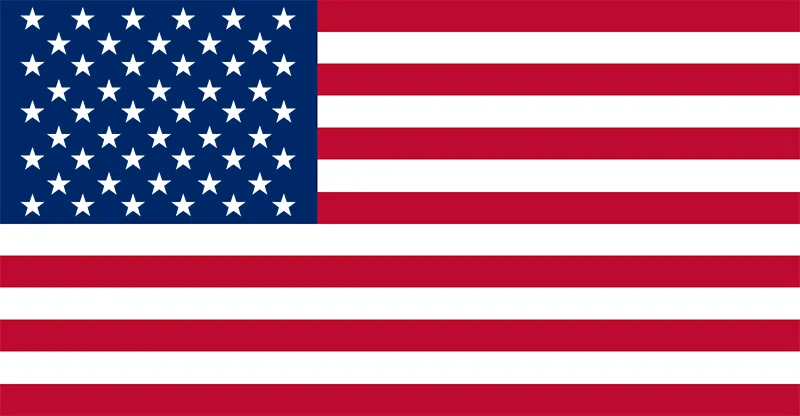It may be an exciting but difficult process to submit an app to the App Store in the constantly changing world of mobile app development. However, not all applications succeed in getting past the evaluation stage. The disappointment of having their applications denied affects many developers. We will examine the frequent causes of app rejection by Apple in this post and offer in-depth guidance on how to avoid these problems. At Your Digital Resellers, we are cognizant of the critical significance of an effective app launch. We can help you through the complexities of the submission process as suppliers of expert app development services, giving your app the best chance of passing the review stage and reaching its target audience.
More information needed
When sending an app for review, it’s crucial to fully describe all of its capabilities, the motivation for its creation, and any unique permissions it may require. Knowing what your app does will help Apple app reviewers ensure it complies with their guidelines. Not giving enough information can make people confused and suspicious about whether the app is real or not.
Discover the world of app development with Your Digital Resellers! Our comprehensive app development courses are designed to equip you with the knowledge and skills needed to excel in the dynamic world of mobile applications. Follow us on Facebook for more information and let’s embark on this transformative journey together!
Exhibit bugs:
Apps that exhibit bugs or crashes during the review process are likely to be rejected. Apple places a strong emphasis on maintaining a high standard of quality and user experience. Unstable apps perform poorly, or contain significant issues not only tarnish the user’s experience but also reflect poorly on Apple’s platform. Thoroughly testing your app across different devices, operating system versions, and usage scenarios is paramount. Identifying and fixing any bugs or crashes before submitting your app for review will significantly increase its chances of being accepted.
Not complying with Apple’s Developer Program License Agreement:
Apple has established a comprehensive set of guidelines outlined in the Developer Program License Agreement. These rules address many different subjects, such as user privacy, security, content limitations, and app operation. Apps might be rejected if these rules are not followed. Usage of private APIs (Application Programming Interfaces), the incorporation of unauthorized payment methods, the inclusion of illegal material, and the improper use of user data are examples of common infractions. It’s essential to follow the rules from the beginning of development to avoid needless rejections.
Poor UI:
Apps with confusing or cluttered interfaces that hinder the user experience are likely to be rejected. Apple places great importance on intuitive and visually appealing designs that align with their design guidelines. To avoid rejection, developers must pay attention to factors such as proper screen scaling, consistent branding, clear navigation, and responsive layout. Conducting user testing and gathering feedback during the design phase can help identify and rectify any usability issues, ensuring a seamless and engaging user experience.
Metadata issues:
Metadata refers to the information associated with an app, such as its name, description, screenshots, and keywords. Inaccurate or misleading metadata can lead to app rejection. It is essential to ensure that the metadata accurately represents the app’s functionality, features, and intended audience. Additionally, using relevant keywords in the app’s description and incorporating them into the appropriate fields improves its discoverability. Providing high-quality screenshots that effectively showcase the app’s core features and functionality is also crucial. Clear and descriptive metadata plays a vital role in helping reviewers understand the app and its value proposition, increasing its chances of approval.
Other reasons
Besides the reasons I talked about before, some other things can make the app not accepted. It’s important to know these things so you don’t get rejected for no reason.
- If your app copies someone else’s ideas or content without permission, it might not be allowed. Make sure you do good research before making your app to make sure you’re not breaking any existing laws about ownership of ideas.
- Your app might not be allowed if some parts of it don’t work or make it difficult for people to use. You must check everything in your app to make sure it works correctly.
- Privacy concerns: With growing concerns about user privacy, apps that collect personal user data without proper consent or fail to provide a clear privacy policy may be rejected. Ensure that your app follows best practices for data collection and clearly communicates its privacy policies to users.
- Unresolved crashes or performance issues: If your app consistently crashes or suffers from significant performance issues, it will likely be rejected. Regularly testing your app and addressing any crashes or performance bottlenecks is crucial to ensure a smooth user experience.
Conclusion:
Developing an app that meets Apple’s high standards and successfully passes the review process requires meticulous attention to detail and strict adherence to guidelines. By addressing the common reasons for app rejection discussed above, you can significantly increase the likelihood of your app being approved. At Your Digital Resellers, we understand the importance of building high-quality apps that meet the requirements of the app stores.



